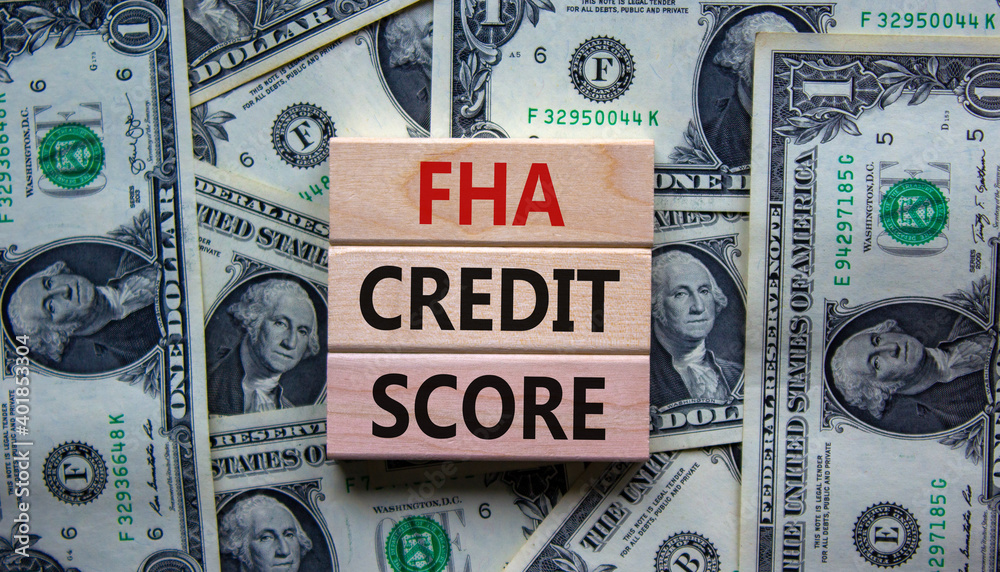You’re 18. You’re an adult. Woohoo! You’re probably starting to think about buying a car, leasing an apartment, or taking out a loan for more of life’s expenses. A credit score is the starting point for all of these
Your credit score shows lenders how trustworthy you are to pay back what you’ve borrowed. But how do you build credit with no credit history? Here are our best strategies for you to get started:
1. Learn the credit basics
Your credit score shows lenders how trustworthy you are, or how likely you are to repay their money. This score is determined from your credit report. Think of the report as a history of all your credit activity. This includes timeliness of payments for credit cards, student loans, auto loans, and mortgages.
A higher credit score can save you thousands of dollars in lower interest rates. It can also get you approved for loans, mortgages, apartment leases, and credit cards with better rewards.
Five categories make up your credit score: payment history (35%), credit utilization (30%), account age (15%), credit mix (10%), and new credit (10%).
- Payment history – Do you make consistent and on-time payments? This is the most important factor in your credit score. A late payment can stay on your report for over five years!
- Credit utilization – This is the ratio of how much credit you’re using to your limit. The lower, the better. Experts recommend keeping this rate below 10%. Lenders don’t want you to bite off more (credit) than you can chew!
- Account age – This is the average age of your credit accounts. The longer, the better.
- Credit mix – The more variety, the better. Lenders want to see that you’re capable of handling different credit types, from revolving lines to installment loans.
- New credit – This is the amount of times you’ve recently applied for credit. The higher this is, the more negatively this may impact your score.
Be sure to check your credit report frequently for errors, which can also damage your score! One of our customers found almost 90 cases of fraud on his credit report.
Checking your credit score will also be an important measure of your progress. With a Kikoff account, wink wink, you can see your score anytime (powered by Equifax) simply by logging into your account.
2. Become an authorized user
An authorized user is someone who’s allowed to use someone else’s credit card. If you have friends or family with high credit, ask them if they’d consider adding you as a user to their account. One survey found that about 77% of people added as authorized users have a credit score below 720.
As an authorized user, you’ll be able to use their credit card in your name — but you won’t be the primary account holder. While you can make purchases, you won’t have access to specific actions like requesting a credit increase.
Being an authorized user is a straightforward way to start building a credit history. Just double-check that the card company reports for authorized users. And be sure that all balances are paid down consistently — and on time!
3. Pay back student loans
This isn’t an ideal short-term plan, because you won’t build credit from student loans until you start making payments — which is after you graduate, years down the road. We also don’t encourage you to take out a big loan just to build credit.
All student loan accounts, however, will appear on your credit report. They help show lenders that you’re responsible because you’re capable of making consistent debt payments. 32% of Kikoff customers have student loans.
There are two additional ways student loans can boost your credit score. Paying them back over years will increase your average account age. As installment loans, they can also expand your credit mix.
When you’re shopping around for student loans, you may find that you can’t qualify for the best interest rates because you don’t have a credit history. Ugh, frustrating. One solution is to take out federal loans first. These don’t require a credit check and have more favorable repayment plans, consolidation options, and forgiveness programs. Private loans are usually less flexible.
4. Get a secured credit card
Using a credit card is one of the most straightforward ways to build credit. But if you don’t have a credit history, it may be difficult to get approved for a card.
Secured credit cards offer a solution. They require a deposit, anywhere from $200 to $2,000. This becomes your credit line — the available credit you have to spend.
Secured cards function similarly to regular credit cards. You make purchases on credit and then make repayments later. Try and pay your balance in full every month, to avoid the expensive interest rates!
5. Join Kikoff
Ok, we had to include a shameless plug for Kikoff. But we also genuinely believe that our credit builder is ideal for anyone starting out their financial journey.
We don’t do a credit check or a credit pull to apply. Our Credit Account is affordable — it has 0% interest, no hidden fees, and only costs $5 a month.
We relay every $5 payment you make to the major credit bureaus, so you get an updated credit report every month.
So, in summary, you can build credit with Kikoff — no credit card or credit history required. Hundreds of thousands of people have already started their credit journeys with us
You can learn more about how the Kikoff Credit Account works here. Building credit takes time, so it’s great that you’re thinking about this early! The earlier you start, the more you have



